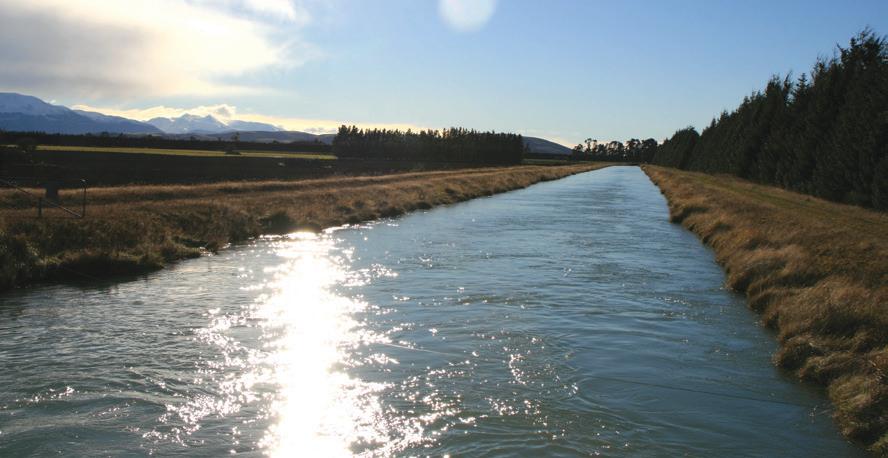
3 minute read
Climate focus highlights the need for water
by Ruralco
It has been hot, very hot, especially in the Hawkes Bay, Gisborne, Wairarapa, Canterbury, Nelson Bays, and Otago areas. Then it was cool—still dry for most of us, but temperatures dropped a minimum of 10 degrees in the space of 24 hours in the height of summer. Climate scientists tell us that these swings are expected to get more extreme all year round.
WORDS SUPPLIED BY VANESSA WINNING, IRRIGATIONNZ CHIEF EXECUTIVE
Advertisement
This has an impact on food production, which relies on water; water is often taken from our rivers which are themselves impacted by the increasing and more intense fluctuations between rainfall, snow, and dry weather. With the recent report from the Climate Commission, and a call to move productive land from animal agriculture into horticulture the reliance on water is only going to increase. Water at the right time of the year is critical for growing fruit and vegetables, and as the climate changes, we are seeing places where traditionally water has been available naturally in sync with the growing cycle that is now having too much rain at the wrong time and not enough at others, with consequences on fruit size and volume. The more we want to move our productive sector from pastoral based activity, the more we are going to need precision irrigation to support it. Currently, about 7 percent of our farmland is under irrigation—with more fruit and vegetables, that water per productive hectare will only need to be higher, especially during critical growth months. The move suggested in the report does need to be cautioned against the growing worldwide demand for highly nutritious food; therefore, animal agriculture’s unique qualities will continue to be a key component of New Zealand farming in the future, even if the desire is to reduce overall stock numbers where possible. If it is about moving where stock are located, or mixed farm types, again we come back to the importance of water infrastructure investment for a reliable access. While there has been a definite increase in the focus on water infrastructure, harvest, storage, and capture in the past few months with local and central government—be that due to the issues in infrastructure in the cities, an increased understanding of the value of water for food production, or discussions about basic drinking water—we are decades behind in development. Relying on councils to provide the funding is flawed, the income they earn from rates, especially smaller regions, will not cover the billions of dollars required to fix and build the necessary water infrastructure. An income-sharing option with GST could be looked at and would help the bigger townships but will still leave the smaller centres without the required resources to improve the water infrastructure required. We must think about investment in water storage and act quickly to get it in place where we need it across the country in areas that will be most vulnerable to weather fluctuations, and particularly drought, like the East Coast. This will not only facilitate changes in land use to horticulture as recommended by the Climate Commission, but it will also prevent a collapse in our current productive sector, protect our regional communities, and indeed the wellbeing of all of us. Potentially also used to help provide hydroelectricity if done well, and further support decarbonisation. With the right environmental regulation in place, such as the National Policy Statement and National Environmental Standard for Freshwater, and with consensus on what our emissions targets are for the primary sector and a shared vision for what our future economy looks like - we should no longer be afraid of the conversation about water storage, dams, reservoirs in the right places. They are necessary for a sustainable, inclusive, productive, and decarbonised economy. The need for water investment is well past its due date.
Vanessa Winning, IrrigationNZ Chief Executive











